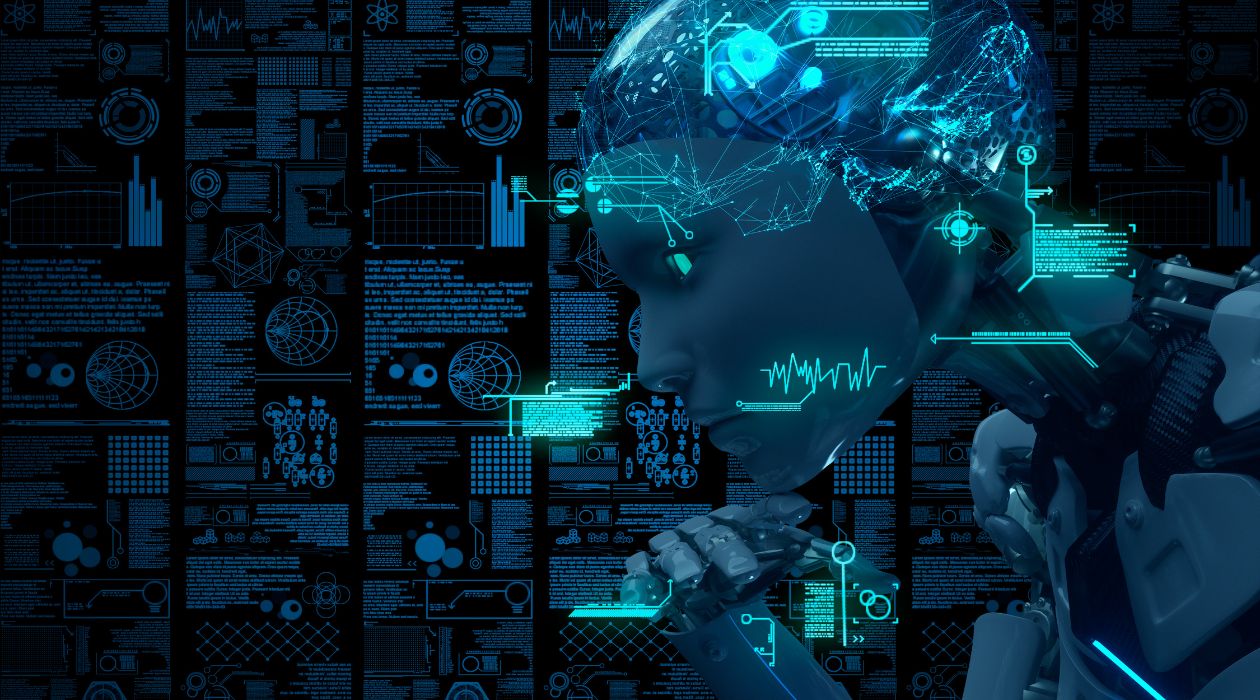There are two main approaches to artificial intelligence; model-centric and data-centric AI. Model-centric artificial intelligence focuses on using the right set of AI platforms, programming languages, and machine-learning algorithms to build highly effective machine-learning models. However, data-centric AI is different from model-centric AI.
Data-centric AI focuses on getting the right data, which is used to develop high-performance and effective machine learning models. Data-centric AI shifts the focus from high-quality models to high-quality data used to design training models.
Using the correct document annotation tool platform, filters the data and ensures that only the appropriate data is used in the training models. Data-centric AI uses machine-learning techniques and big data analytics, making the AI learn from the data.
Data-centric AI is more scalable than model-centric AI since it makes better decisions and is more efficient in producing accurate results.
Despite the notable difference between data-centric and model-centric AI, a balanced, hybrid approach of adopting both data-centric and model-centric models is the best way to create intelligent systems.
Data-Centric AI Principles
Data labeling, screening, and scaling take more time in data-centric AI to improve the quality and quantity of the data being processed. Data-centric AI employs three main principles to make data the focus of all AI projects. These principles include:
Subject-Matter Experts
Subject-matter experts (SMEs) are integral to the data-centric AI development process. SMEs help AI researchers fully understand how to label and manage data while leveraging SME knowledge directly in their models. The SMEs’ knowledge remains part of the system when well-structured and used as a benchmark for data quality over time.
Training Data Quality
Advancement in AI development mainly comes from the quality of the training data AI models. Improved algorithms, model architecture, or feature engineering does not improve the data flow system’s efficiency compared to high-quality data AI models in iterating data in an agile, transparent manner.
Scalable Strategies
Manual data annotation and labeling processes are unreasonable, especially when the data flow is large. Data-centric AI programs are designed to process large batches of training data to develop deep, machine-learning models that are powerful enough to process large data volume and simplify the label searching for real-work working environments.
What is the Working Principle of Data-Centric AI?
Data-centric AI augments, extrapolates, and interpolates data to enhance AI services into performing better. The process helps make AI services more accurate and efficient by increasing data volume to be processed and the chances of using the data more effectively.
It is developed using training data from various sources including, public, private, and synthetic data sets. The hybrid nature of the data sets reduces the effort and time required to generate a training set while improving its quality simultaneously. The approach also improves the AI services’ efficiency in using the training data. Tailoring the data enables the data-centric AI to process additional data.
Data-centric AI can go with any size or type of data. Data-centric AI can make predictions from large or small data sets and learn from various data types, including image, video text and audio.
Since data-centric AI focuses on getting the best data quality, the quality trickles directly through the whole process. Instead of focusing on building full proof algorithm, we get quality through Data-centric AI processes steps, including:
- Gathering and annotating data
- Augmenting data
- Appropriate labeling and debugging of any data labeling issues
- Remove ambiguous data
- Correcting mislabeled data
- Scan the system for data bias and data leakage
- Ensure that the data set is an accurate representation of the actual data
- Focus on the needed data and not the volume of the needed data
Difference between Data-Centric AI and AI-Centric Data Science
Data-centric AI is different from AI-centric data science in various ways. The main difference is that data-centric AI uses data to develop AI models. However, AI-centric data science majors on the way artificial intelligence models use data through processes like feature engineering, model selection for decision-making and learning and pre-processing data.
Every business holds AI model operationalization process (AIOPs) functions dear. Data-centric AI help smoothen AIOPs functions by providing clean, formatted data. The data-centric AI processes of cleansing data are time-consuming but highly critical for the success of AI systems. Data-centric AI is fixated on learning and improving algorithms and processes.
Data-centric AI is among the top promising approaches to the fast-evolving AI field. This approach has an unlimited ability to create more efficient and intelligent systems through making decisions according to the available data and learning. Data-centric AI is revolutionizing the way people interact with information, mainly from its ability to process all data types and sizes.




